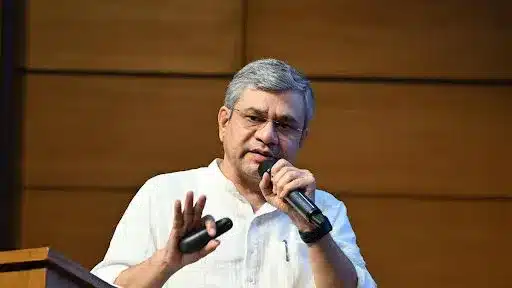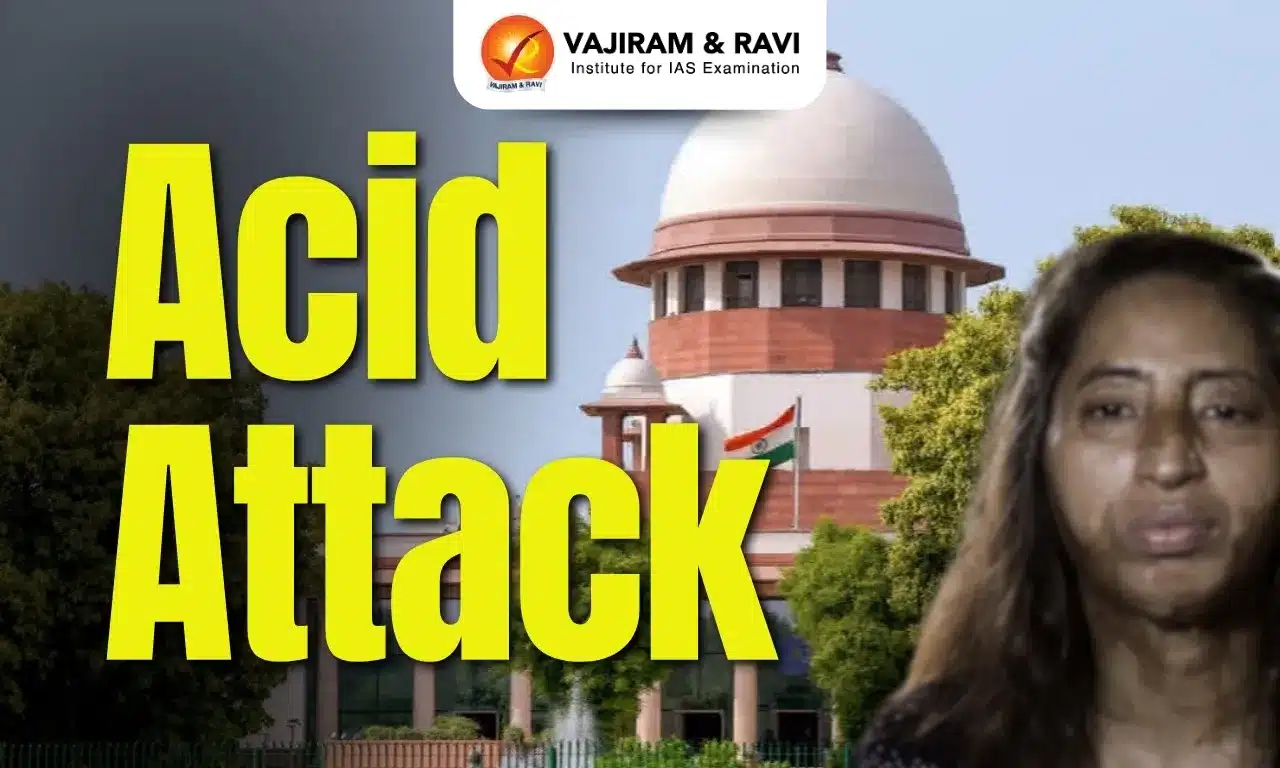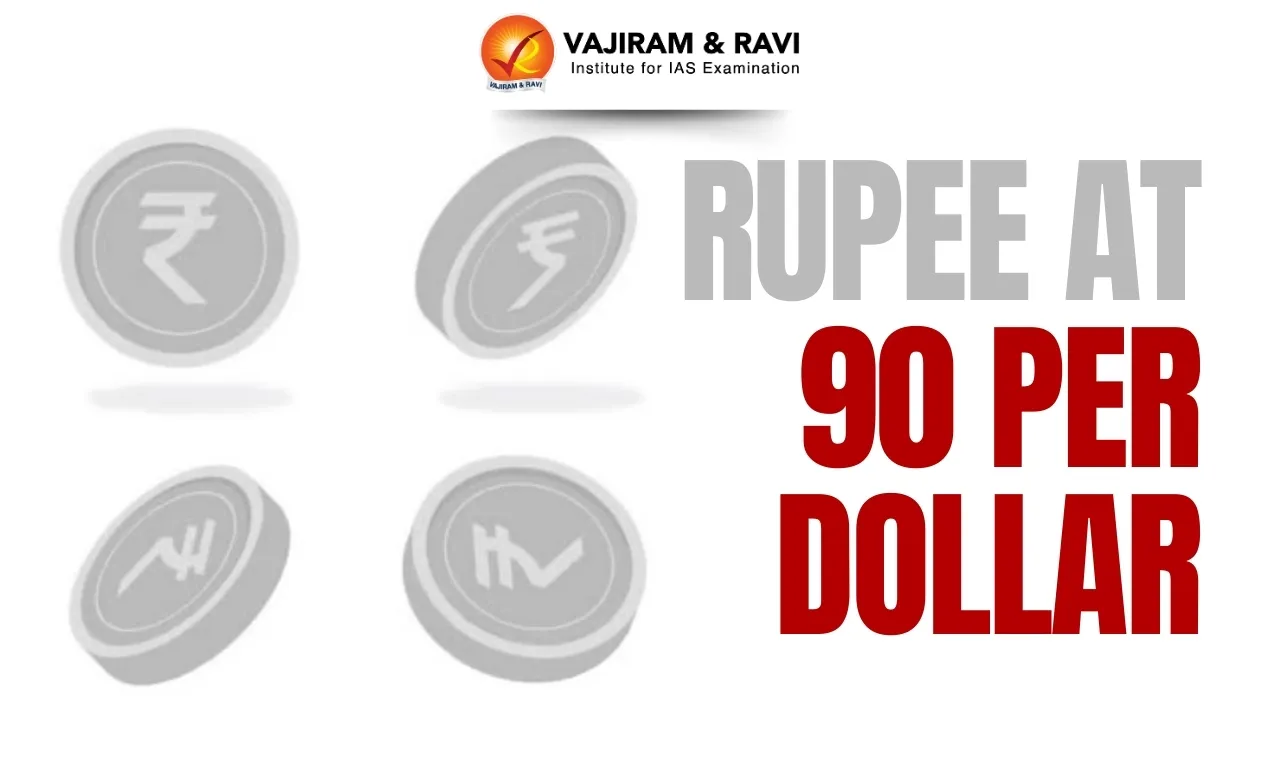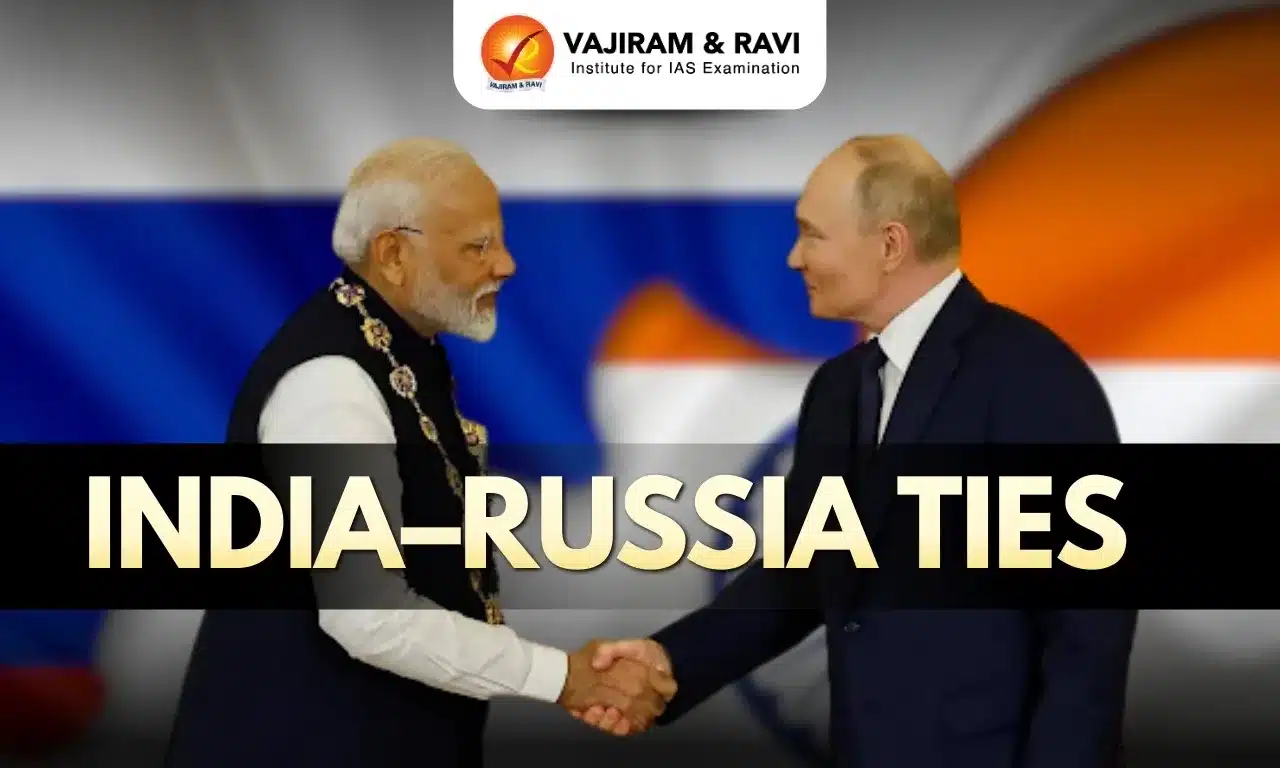What’s in today’s article?
- About PM Vidyalaxmi Scheme
- Objectives of the Scheme
- Key Features of the Scheme
- Supplementary Government Schemes
About PM Vidyalaxmi Scheme
- The Union Cabinet, led by Prime Minister Narendra Modi, has introduced the PM Vidyalaxmi Scheme—a new Central Sector initiative aimed at supporting meritorious students financially so they can pursue higher education without economic constraints.
- This scheme is rooted in the National Education Policy, 2020, which advocates for financial assistance to deserving students across both public and private Higher Education Institutions (HEIs).
Objectives of the Scheme
- The PM Vidyalaxmi Scheme seeks to:
- Ensure Financial Inclusion in Education: Enable meritorious students to pursue higher education without financial hurdles.
- Support Top Educational Institutions: Applicable only to top-quality HEIs as per the National Institutional Ranking Framework (NIRF).
- Provide Transparent and Digital Access: Use a fully digital, transparent, and student-friendly platform for loan processing and management.
Key Features of the Scheme
- Loan Availability:
- Eligibility: Any student who secures admission to a Quality Higher Education Institution (QHEI) is eligible.
- Loan Terms: Collateral-free and guarantor-free loans will be offered through banks and financial institutions, covering the full amount of tuition and other course-related expenses.
- Institutional Coverage: Applies to institutions ranked in the NIRF top 100 (both government and private) and state government HEIs ranked in the 101-200 bracket, as well as all central government institutions.
- Coverage Scope: In the initial phase, 860 QHEIs qualify, potentially benefiting over 22 lakh students.
- Credit Guarantee Support:
- For loans up to ₹7.5 lakhs, a 75% credit guarantee on the outstanding amount is provided, encouraging banks to make education loans accessible to more students.
- Interest Subsidy:
- Eligibility: Students with an annual family income of up to ₹8 lakhs and not benefiting from other government scholarships or interest subvention schemes.
- Subsidy Terms: A 3% interest subvention on loans up to ₹10 lakhs during the moratorium period.
- Beneficiary Priority: Preference is given to students in government institutions and technical/professional courses.
- Budget and Reach:
- An allocation of ₹3,600 crore has been set for 2024-25 to 2030-31, targeting interest subvention benefits for 1 lakh students each year and 7 lakh students over the scheme’s duration.
- Unified Digital Platform:
- A “PM Vidyalaxmi” portal managed by the Department of Higher Education will provide a streamlined application process for education loans and interest subvention.
- Payments will be made via E-vouchers and Central Bank Digital Currency (CBDC) wallets, ensuring a secure and efficient transfer of funds.
Supplementary Government Schemes
- The PM Vidyalaxmi Scheme complements two key schemes under the PM-USP (Prime Minister’s Unique Scholarship Program):
- Central Sector Interest Subsidy Scheme (CSIS): Offers full interest subvention during the moratorium for loans up to ₹10 lakhs to students from families with annual incomes up to ₹4.5 lakhs, specifically for technical/professional courses at approved institutions.
- Credit Guarantee Fund Scheme for Education Loans (CGFSEL): Supports education loans with a guarantee fund.
- Together, PM Vidyalaxmi and PM-USP form a comprehensive financial support framework for eligible students, allowing them to access quality higher education and technical training in premier institutions.
Q1. How many NEP have been introduced in India?
There are three National Education Policies (NEP) in India’s history:
1968: The first NEP was introduced by Prime Minister Indira Gandhi
1986: The second NEP was introduced by Prime Minister Rajiv Gandhi
2020: The third NEP was introduced by Prime Minister Narendra Modi
Q2.What is NIRF?
NIRF stands for National Institutional Ranking Framework, which is a system for ranking higher education institutions in India. The Ministry of Education launched NIRF in 2015.
News: Cabinet approves PM-Vidyalaxmi scheme for higher education
Last updated on November, 2025
→ Check out the latest UPSC Syllabus 2026 here.
→ Join Vajiram & Ravi’s Interview Guidance Programme for expert help to crack your final UPSC stage.
→ UPSC Mains Result 2025 is now out.
→ UPSC Notification 2026 is scheduled to be released on January 14, 2026.
→ UPSC Calendar 2026 is released on 15th May, 2025.
→ The UPSC Vacancy 2025 were released 1129, out of which 979 were for UPSC CSE and remaining 150 are for UPSC IFoS.
→ UPSC Prelims 2026 will be conducted on 24th May, 2026 & UPSC Mains 2026 will be conducted on 21st August 2026.
→ The UPSC Selection Process is of 3 stages-Prelims, Mains and Interview.
→ UPSC Result 2024 is released with latest UPSC Marksheet 2024. Check Now!
→ UPSC Prelims Result 2025 is out now for the CSE held on 25 May 2025.
→ UPSC Toppers List 2024 is released now. Shakti Dubey is UPSC AIR 1 2024 Topper.
→ UPSC Prelims Question Paper 2025 and Unofficial Prelims Answer Key 2025 are available now.
→ UPSC Mains Question Paper 2025 is out for Essay, GS 1, 2, 3 & GS 4.
→ UPSC Mains Indian Language Question Paper 2025 is now out.
→ UPSC Mains Optional Question Paper 2025 is now out.
→ Also check Best IAS Coaching in Delhi

















